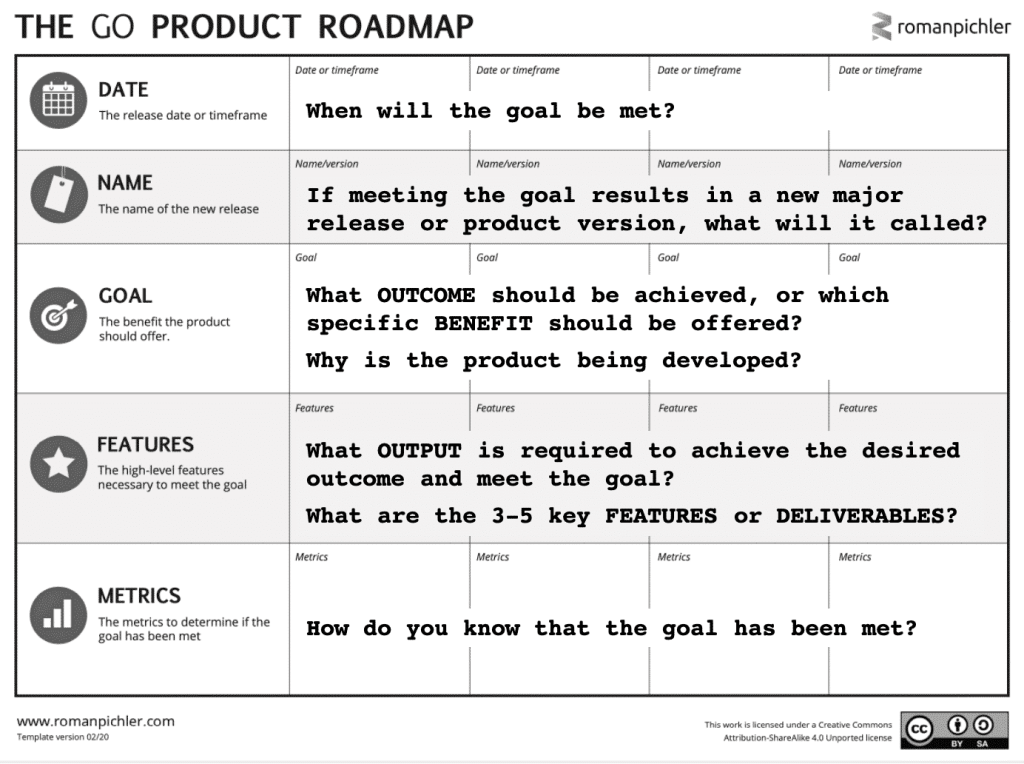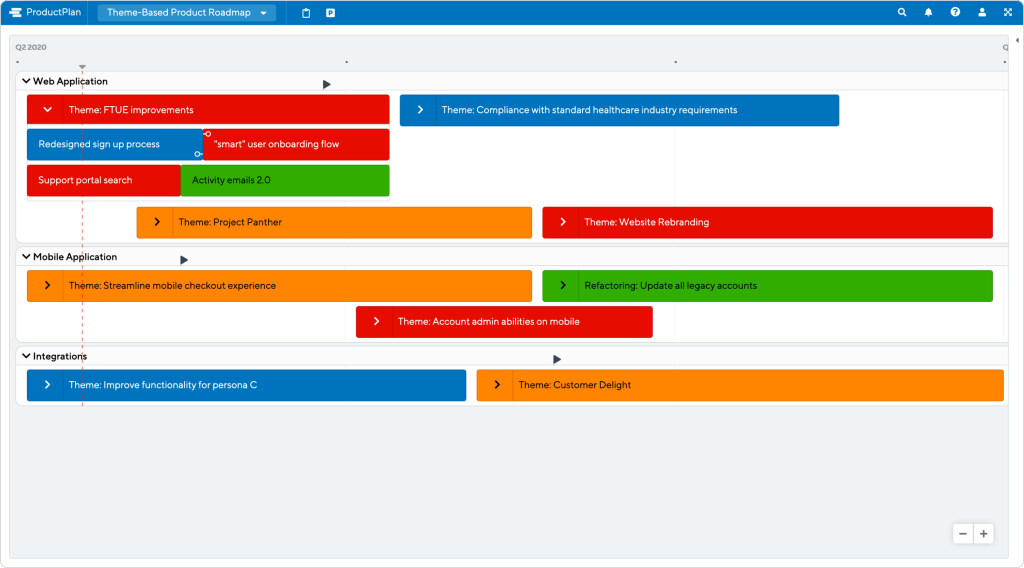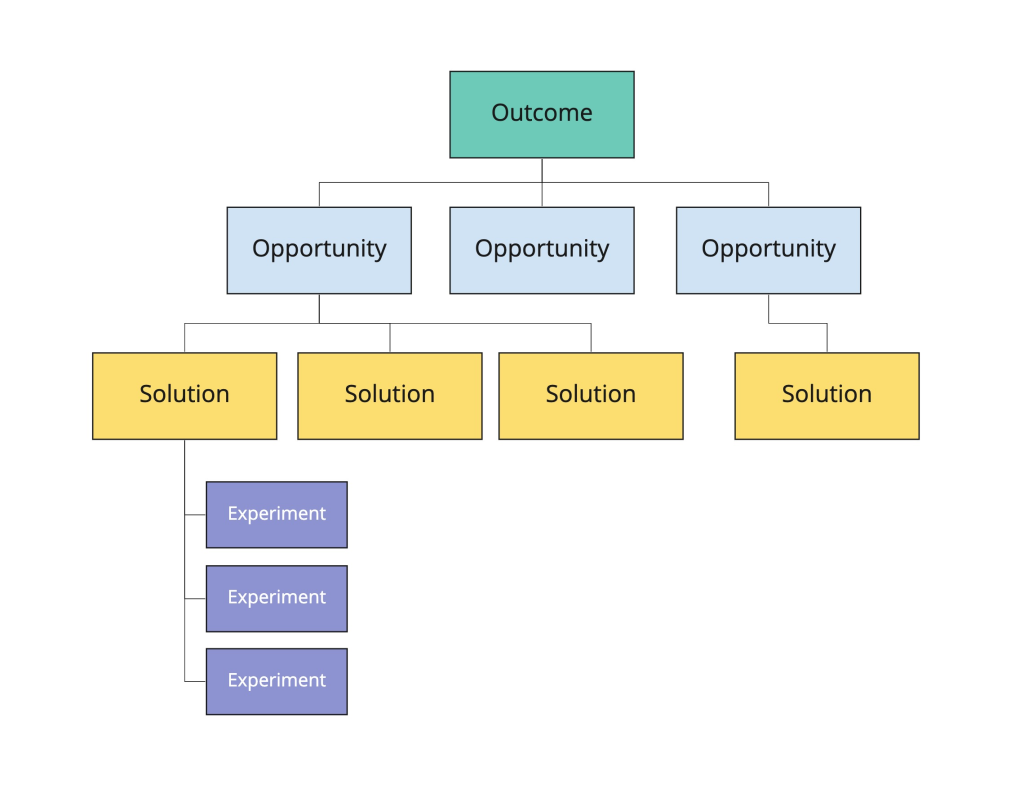I’ve seen tons of Examples of Product Roadmaps. The good ones tell a story. They show where your product’s going. Why it matters. It’s like… you’re taking everyone on this wild ride. Showing them why your product’s gonna be awesome for the people using it.
So how do you do it? How do you make a roadmap that gets people excited? That’s what we’re gonna talk about. We’re gonna look at ways to make a roadmap that doesn’t just tell people your vision. It makes them believe in it. Makes them wanna be part of it.
Start with the Why
The heart of any great product roadmap template is the ‘why’ behind it. Before you start plotting out upcoming features or delivery dates, take a step back and ask yourself: What are our product goals? What problem are we solving for our users?
For example, if you’re working on a project management tool, your ‘why’ might be “To help cross-functional teams collaborate more effectively and complete projects faster.” This overarching product vision should guide every prioritization decision you make about what goes on your product roadmap.
Choose the Right Types of Product Roadmaps
There’s no one-size-fits-all approach to product roadmaps. The type you choose should depend on your strategic goals, your key stakeholders, and the nature of your product development process. Here are a few common types of product roadmaps:
- Goal-oriented Roadmap: This focuses on the outcomes you want to achieve rather than specific features. It’s great for aligning your product team around common goals.
- Theme-based Roadmap: Instead of individual features, this groups work into broader product initiatives or key themes. It’s useful for communicating a higher-level view without getting bogged down in details.
- Now-Next-Later Roadmap: This flexible approach divides work into three time horizons. It’s perfect for Agile teams in a fast-moving agile environment where priorities might shift quickly.
- Feature-based Roadmap: This lists out specific product features or enhancements you plan to deliver. It’s most useful when you need to communicate concrete product plans to internal teams or external stakeholders.
Remember, the best product roadmap is the one that meets your team’s needs and communicates your product strategy effectively.
Keep It Flexible
In the world of product development, change is the only constant. Your product roadmap should be a living document that can adapt as you learn more about your users, market conditions, and your product lifecycle.
Avoid the trap of trying to plan out every detail of your product development journey months in advance. Instead, aim for more detail in the near term and less specificity for future releases. This approach, sometimes called “rolling wave planning,” allows you to stay agile and responsive to new information from product discovery interviews or market trends.
Involve Your Product Development Team
Your product roadmap shouldn’t be created in isolation. Involve key members of your product development team in the planning process. Developers can provide insight into technical feasibility and development timelines, designers can offer ideas for enhancing core functionality, and sales and customer support teams can bring valuable feedback from active users to the table.
This collaborative approach not only leads to a better product roadmap but also helps build buy-in across your organization. When people feel they’ve had a hand in shaping the product plans, they’re more likely to be committed to executing them.
Focus on Outcomes, Not Outputs
It’s easy to fall into the trap of measuring success by how many features you ship or the number of major releases. But remember, the goal isn’t just to build features – it’s to solve problems for your users and create value for your business model.
Instead of listing out features on your product roadmap, try framing items in terms of the outcomes you want to achieve. For instance, rather than “Add social sharing buttons,” you might say “Increase user engagement through social sharing.”
This outcomes-focused approach keeps your product team aligned around your strategic goals and gives them the flexibility to find the best solutions within realistic time frames.
Communicate Clearly and Often
Your product roadmap is only as good as your ability to communicate it. Make sure it’s easy to understand at a glance, using visual elements like color coding or icons to convey status or priority. Consider creating both internal roadmaps for your development team and public roadmaps for external stakeholders.
Don’t just create your product roadmap and file it away as static documents. Share it widely and refer to it often in team meetings, planning sessions, and stakeholder updates. Use it as a tool to tell the story of your product development initiatives and why they matter.
Learn and Iterate
Finally, remember that roadmap creation is a skill that improves with practice. After each product launch or key release, take time to reflect on what worked well and what didn’t. Did you achieve the outcomes you were aiming for? Were your estimates and delivery dates accurate? Use these insights to refine your approach for future product roadmaps.
Examples of Product Roadmaps
Goals Roadmap
Shows high-level objectives and strategic initiatives on a timeline.

Now-Next-Later Roadmap
Divides work into immediate, near-term, and future tasks.

Theme-Based Roadmap
Organizes initiatives into high-level themes.

101 Roadmap
Simple basic roadmaps from Aakash.

201 Roadmap

301 Roadmap

Opportunity/Solution Tree
Connects customer problems to potential solutions.

Bringing It All Together
Creating effective product roadmaps is both an art and a science. It requires understanding your product, users, and goals.
- With practice and the right approach, you can create comprehensive roadmaps that guide and inspire your product team.
- A product roadmap is a powerful tool for communication, alignment, and inspiration. Use it wisely to drive success.
- The best roadmaps evolve over time, so stay flexible and try new approaches.
- Find the perfect template through planning.
- These principles apply to various roadmaps, so communicate your vision effectively.
- Balance ambition with realistic time frames and resources.
- Inspire confidence without false expectations.
- Continuously refine your approach to master roadmap creation, improving development, prioritization decisions, resource management, and product success.
